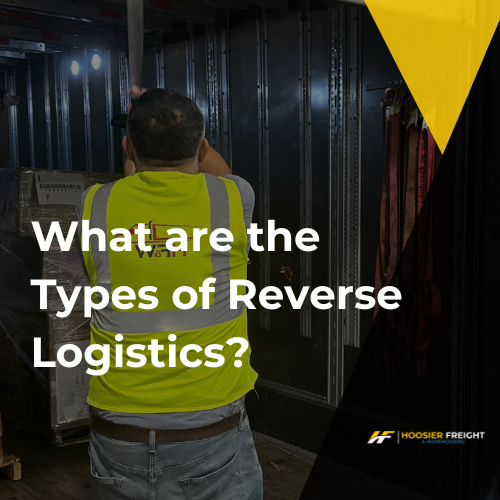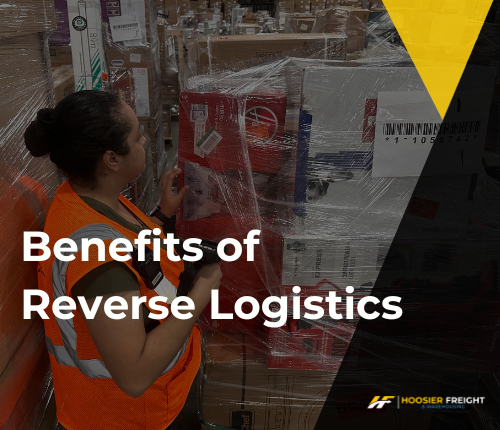
What are the Types of Reverse Logistics?
Reverse logistics is an essential component of supply chain management, focusing on the process of moving goods from their final destination back to the manufacturer or another point of origin for return, repair, remanufacture, recycling, or disposal. Unlike traditional logistics, which concentrates on the flow of products to the consumer, reverse logistics handles the journey back. Understanding the types of reverse logistics can help businesses manage returns efficiently and sustainably. So, what are the types of reverse logistics?
- Returns Management: This is perhaps the most well-known type of reverse logistics. Returns management deals with products that customers send back due to defects, dissatisfaction, or other reasons. Efficient returns management involves creating a smooth process for customers to return items, which includes receiving the product, assessing its condition, and deciding whether it will be restocked, repaired, or discarded.
- Refurbishing and Remanufacturing: Products that are returned or have completed their lifecycle can often be refurbished or remanufactured. Refurbishing involves repairing and cleaning a product to make it like new, while remanufacturing is a more extensive process that might involve replacing components to bring the product back to a ‘like-new’ condition. This type of reverse logistics can extend the lifecycle of a product, offering a cost-effective and sustainable option compared to producing new items.
- Recycling and Waste Management: Many products contain materials that can be recycled or need to be disposed of properly. Recycling involves disassembling products to recover valuable materials like metals, plastics, and glass. Proper waste management ensures that non-recyclable materials are disposed of in an environmentally responsible manner. This type of reverse logistics helps reduce the environmental footprint of products and promotes sustainable practices.
- Repairs and Maintenance: This type involves the return of products for repair or routine maintenance. Often seen in industries such as electronics, automotive, and machinery, repairs and maintenance ensure that products continue to function correctly and safely. Effective management of this process can enhance customer satisfaction and loyalty by ensuring that their products are maintained in good working condition.
- Asset Recovery: Asset recovery is about recovering value from unused or end-of-life products. This can include selling off used equipment, parts, or products that are no longer needed. Businesses can recoup some of their investment by reselling these items or by extracting usable parts and materials for other purposes.
- Repackaging: Sometimes products need to be returned to be repackaged due to damage during initial packaging or transit. Repackaging ensures that products meet quality standards before being sent out to customers again. This is particularly important in industries where product presentation is crucial, such as retail and pharmaceuticals.
- Recall Management: This type of reverse logistics deals with the recall of products that may be defective or unsafe. It involves tracking and retrieving products from customers and retailers, and then repairing, replacing, or disposing of them. Efficient recall management is critical to protecting consumer safety and maintaining brand reputation.
Reverse logistics encompasses a range of processes designed to move products backward through the supply chain for various purposes, including returns management, refurbishing, recycling, repairs, asset recovery, repackaging, and recall management. Each type of reverse logistics serves a specific function that can help businesses manage resources more efficiently, reduce costs, and support sustainability efforts. By understanding and implementing these types of reverse logistics, companies can improve their overall supply chain effectiveness and customer satisfaction.
Contact Hoosier Freight and Warehousing today to learn more about our reverse logistics process and partnerships.



